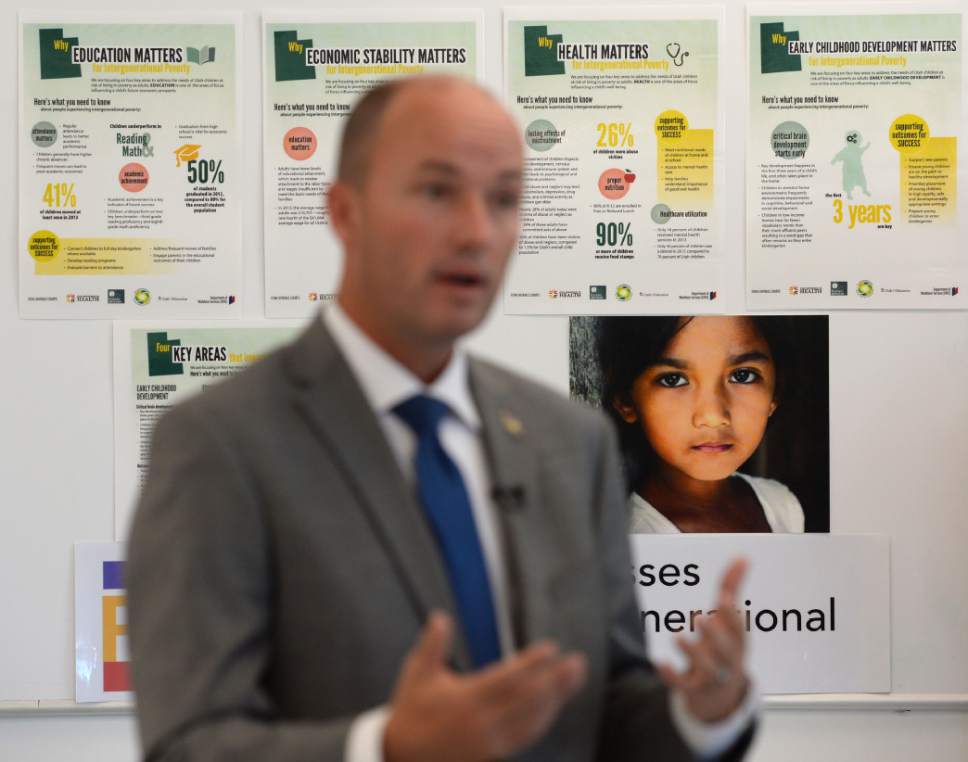This is an archived article that was published on sltrib.com in 2016, and information in the article may be outdated. It is provided only for personal research purposes and may not be reprinted.
Any problem described as "intergenerational" is not going away easily.
That is why, even five years after the state of Utah took the step of funding a special commission to address intergenerational poverty, that commission is still trying to get its arms around some basic things — like getting the people who provide services to share what they know.
Intergenerational poverty refers to people who rely on public assistance programs like their parents and even their grandparents did. While many people obtain food stamps and Medicaid to get through short-term crises like job loss or illness, roughly a quarter of recipients have grown up in homes on public assistance and then draw on those services themselves as adults. As a result, there are nearly 58,000 Utah children who live in households receiving long-term assistance, according to the fifth annual report of the Utah Intergenerational Welfare Reform Commission.
It's a stubborn problem, and one that can pull in multiple entities, including non-government providers like churches and charities. Finding out what's happening has also been a stubborn problem. Even the data the state has been collecting over the past five years is changing as the commission learns what information is available and worth sharing.
That's not to say the group hasn't made progress. This year saw a significant outreach to rural Utah. Intergenerational poverty persists in some surprisingly small communities, and the commission has been meeting with leaders in 10 counties that have more than 30 percent of children on some form of assistance. That has drawn interest from other rural counties.
And, in an indication of just how entrenched this problem is, Utah gets praise nationally just for taking the step of pushing service providers to coordinate on information so there is a better feedback loop to analyze.
The intent is to address adults and children simultaneously. There is a wealth of research to show that early intervention — including pre-school and all-day kindergarten — could be a huge factor in breaking the chain of dependence. In that respect, Utah has done well to target public dollars for pre-school and kindergarten to neighborhoods with higher poverty, although, frustratingly, many families don't take advantage.
The commission has learned much about the problem, and it has pushed others to do the same. But after five years, it is time to turn that knowledge into more action. If this year's report can lead to more coordinated strategies from providers on the ground, perhaps next year's report could say we're actually turning a corner.



